
How to Write a Career Change CV
Embarking on a career change is an exciting yet challenging journey, and adopting a skills-based CV format can be the key to your success. Whether you're a student, a 30 or 40-year-old professional, or have reached the pinnacle of your career, this comprehensive guide discusses what to include and how to showcase your experience and skills effectively in the right format when transitioning careers.
Below are five scenarios of why people change careers in the UK:
Job insecurity or industry changes: Tech layoffs and the rise of generative AI, such as ChatGPT lead job seekers to change careers for stability and reduced risk of unemployment.
Lack of job satisfaction: Job seekers seek more meaningful work and growth opportunities, prompting them to switch careers when their current job doesn't feel fulfilling.
No career progression: When faced with little growth opportunities in their current field, job seekers often explore new industries to advance their careers.
Hobbies turning into a career: Some individuals follow their passions and turn their hobbies into careers, allowing them to do what they love for a living.
Pursuit of higher income or financial stability: Job seekers often switch to higher-paying fields or become entrepreneurs to achieve better financial security.
With our expert career change CV advice and professional CV templates, we help you structure your CV and follow UK industry standards to launch your new career with ease.
Career change CV example

Download this career change CV example for FREE as a PDF
Carlos is a marketing manager seeking to transition to project management. His qualifications summary effectively highlights the main skills and achievements he can utilise in his new role. The education and certifications sections show his ability to learn new skills continuously. He presents himself as a strong leader who can convey ideas and uses software to make the processes more efficient.
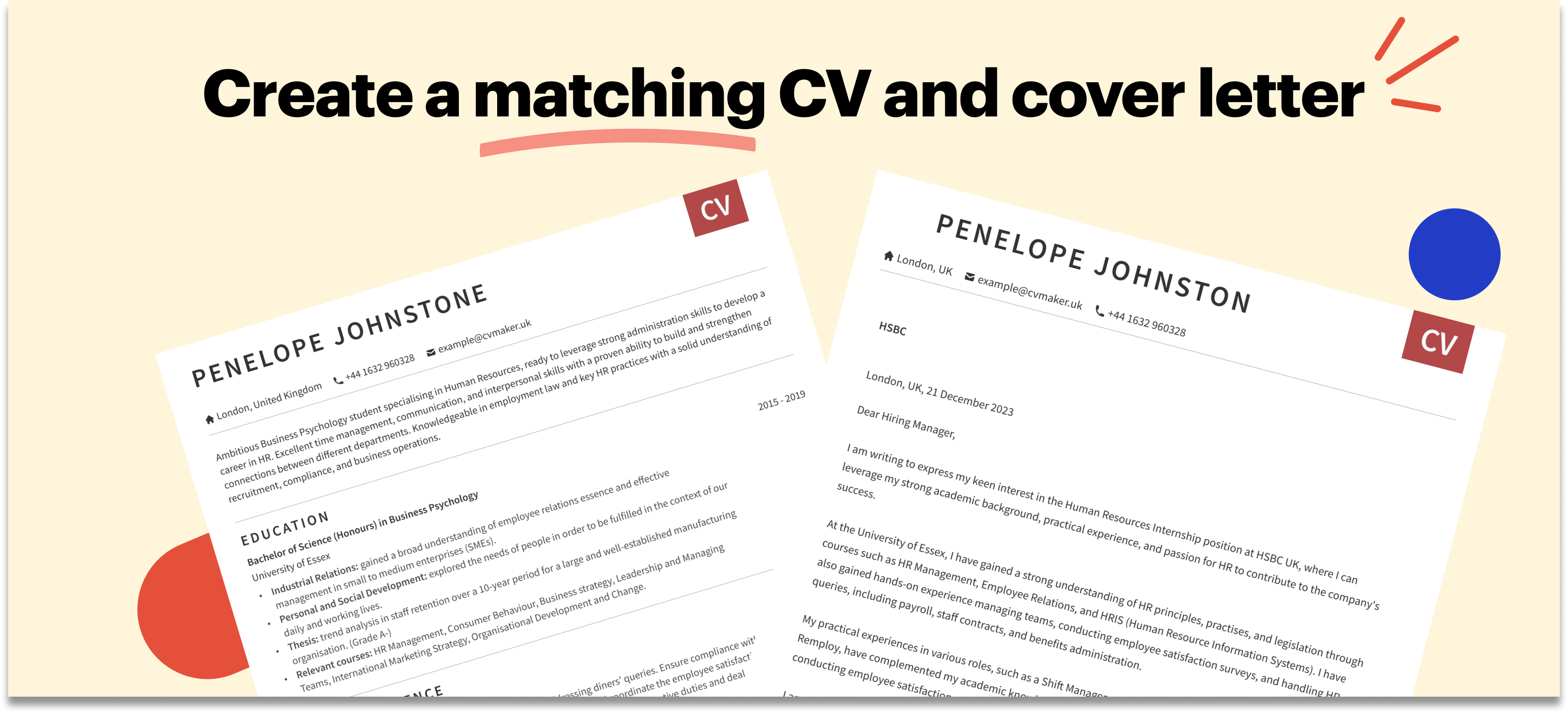
Do you need a cover letter? Explore our matching career change cover letter example for more tips and examples to streamline your job application.

What to include in a CV for a career change
A good CV should include must-have sections such as personal profile, work experience, skills, and other optional sections. If you have little to no experience, use a project-based or skills-based approach, as this would help you stand out and highlight your achievements without going into too much detail about your work history.
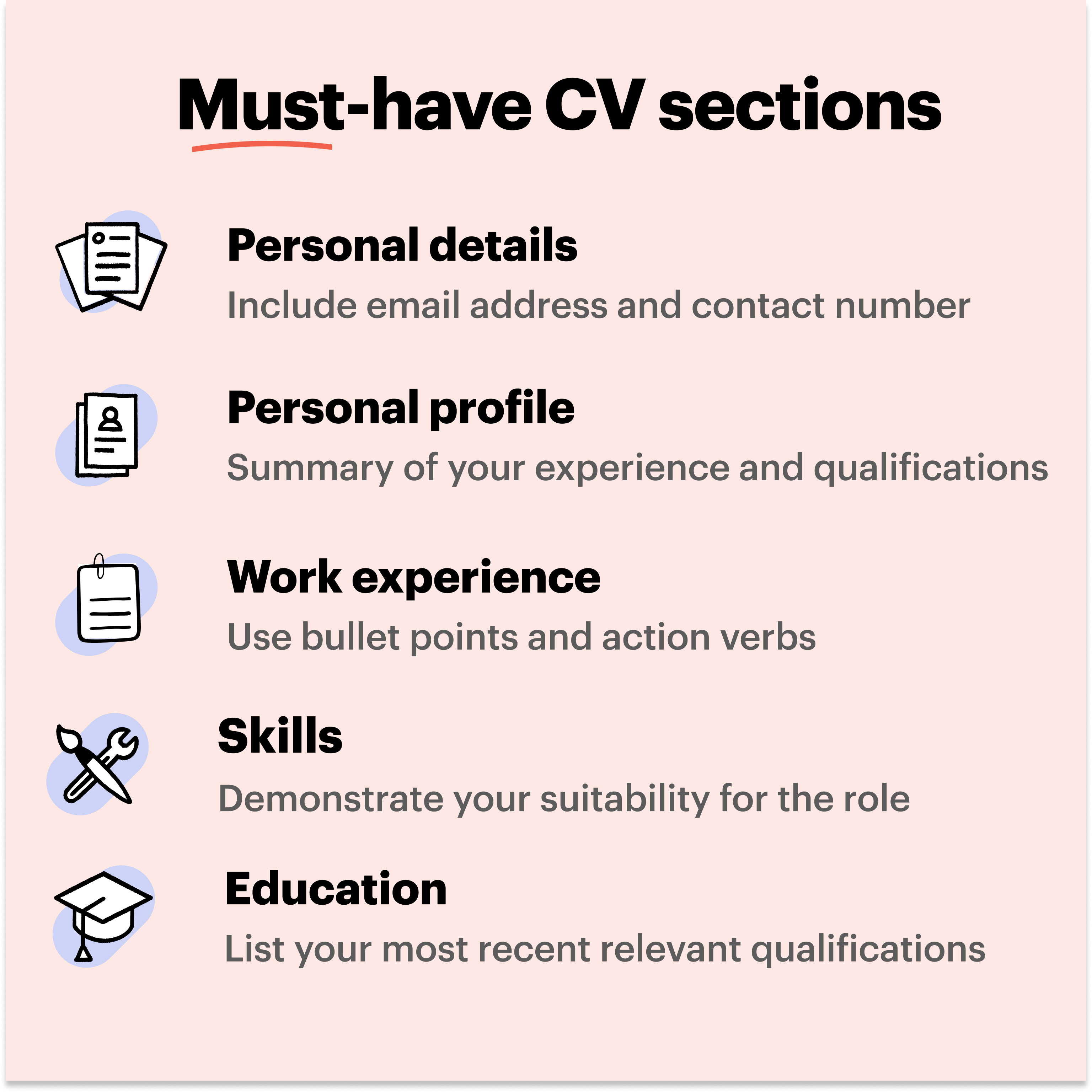
For more expert tips on how to tailor your CV, refer to our similar blog article about the master vs job-specific CV.
How to write a personal profile for a career change CV
Your personal profile is an eye-catching opening personal statement that states your career goals, along with previous experience and areas of expertise in a new field you’re trying to pursue. See our pro tips and personal statement examples to help you set yourself apart from others.
Your summary needs to be brief, preferably between four to six lines.
A CV usually starts or ends with a phrase about your career goal, such as ‘I am seeking to transition from an X to Y role in Z industry,’’ unlike other personal profiles on a traditional CV.
Incorporate keywords matching your new career to align with employer expectations.
Use a professional tone by avoiding personal pronouns such as ‘I’, ‘me’, and ‘my’.
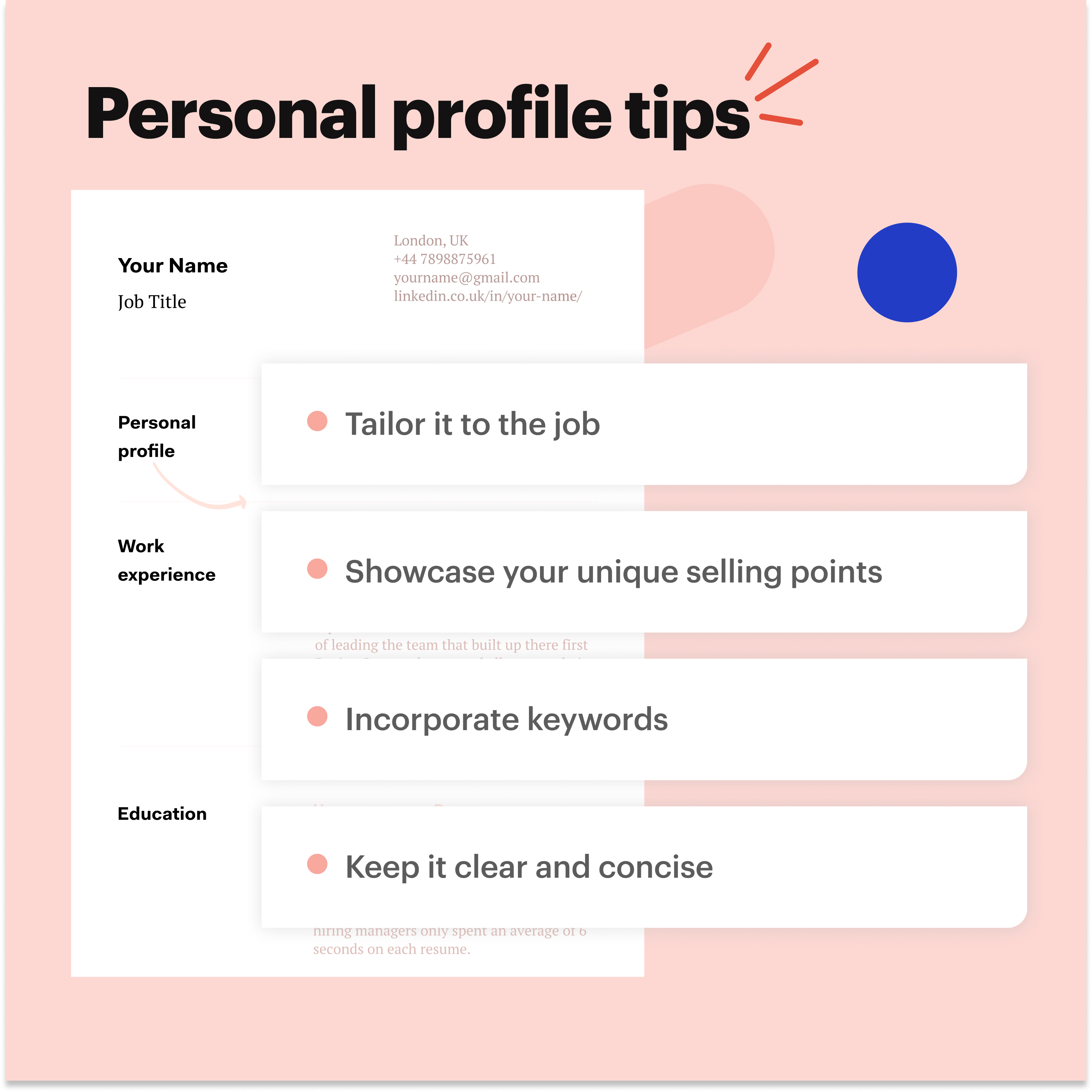
Teacher career change CV personal statement example
Data-driven math teacher seeking a career change to a software developer in the logistics sector. Swift learner, proficient in programming languages such as C++, Java, and SQL. Adept at delivering solutions that optimise operations and boost business revenue. A natural leader with exceptional communication skills, well-versed in transforming complex problems into practical and effective business solutions.
For more examples and tips, refer to our related teacher CV and teaching assistant cover letter example.
Human resources CV personal statement example
Results-oriented marketing specialist transitioning into human resources management. Skilled in analysing market trends and customer behaviour to drive engagement, with a proven ability to understand diverse team dynamics and support organisational growth. Certified in HR fundamentals and eager to apply strong communication and relationship-building skills to create positive work environments and enhance employee retention.
Refer to our HR CV and HR cover letter guide for more expert tips and examples.
Business analyst CV personal statement example
Experienced project manager seeking a career change to business analysis in the finance sector. Proven track record of managing cross-functional teams and delivering projects on time and within budget. Skilled at meeting business needs, conducting thorough analysis, and providing actionable insights that drive strategic decisions. Eager to leverage strong analytical and communication skills to optimise processes and enhance financial performance.
Check out our business analyst CV example for more examples and tips.
How to write a qualification summary
The qualifications summary, also known as a skills summary, is a brief highlight of achievements and skills you can draw from your previous experiences. It focuses on relevant qualifications or knowledge you can transfer from previous roles to new ones.
Start by listing three to four main skill groups related to your job target.
For each group, add two or three bullet points where you can list your hard or technical skills, such as ‘Implemented robust communication channels, fostering open dialogue and transparency’’.
Ensure to present practical examples from your studies or jobs that would prove you’re qualified and capable of performing your duties.
Add soft skills such as ‘analytical’, ‘leadership’ or ‘communication’ because employers want to learn more about your personality and working habits.
Career change qualification summary example:
Java development:
Developed web applications using Java, Spring Boot, and Hibernate frameworks.
Built RESTful APIs to enhance application functionality and user experience.
Database management:
Proficient in SQL for database design, optimisation, and integration with Java applications.
Collaborated with teams to implement database migration solutions, ensuring data integrity.
Project collaboration:
Worked in agile teams using Jira and Git for version control, ensuring smooth development cycles.
Actively participated in code reviews and pair programming sessions to improve code quality.
Problem-solving:
Debugged and resolved complex software issues, improving application performance by 25%.
Optimised existing code to reduce runtime and enhance overall efficiency.
For more examples and information on the entry requirements, check out our related developer CV and developer cover letter guides.
Pro Tip
Instead of listing all your soft skills, such as ‘analytical, ‘enthusiastic’, and ‘patient’ in a separate section, use your personal profile to elaborate on them.
How to list relevant work experience for a career change CV
The work experience section is the core of your CV following the qualifications summary. It lets you strategically highlight transferable skills aligned with your new career goals. Research the target role and tailor your duties and achievements to demonstrate their relevance and make a strong impact.
What should each work experience entry include?
Job title of current or previous role
Organisation name and location
Dates of employment (month/year)
A concise paragraph detailing your duties
Followed by 2–3 bullet points that highlight your key achievements or measurable impact.
Learn more about the work experience section in a CV.
Reverse chronological order: Start with your most recent experience and work backwards, showcasing career progression.
Quantify achievements: Use specific metrics or numbers to quantify your accomplishments, adding credibility to your CV.
Tense: Maintain consistency by using present tense for current roles and past tense for previous positions, ensuring clarity and relevance.
Action verbs: Begin sentences with strong action verbs such as ‘led’, ‘oversaw’, or ‘trained’ to make your CV more engaging and concise.
Career change work experience examples:
Sales Associate | Fashion Forward, London, 2024 - Present
Deliver exceptional customer service by providing personalised shopping experiences and product recommendations. Develop strong product knowledge to assist customers effectively and resolve issues. Assisted with visual merchandising and maintained store presentation to attract and engage customers. Collaborate with team members to achieve sales targets and enhance overall store performance.
Implemented a loyalty programme that increased repeat customer visits by 30%.
Recognised as "Employee of the Month" twice for outstanding sales performance and teamwork.
Played a key role in training new staff and enhancing their product knowledge and customer service skills.
Consult our related sales manager CV and sales cover letter guides for more insights.
Administrative Assistant | Bright Futures Academy, London, 2022 - 2024
Provided administrative support to the education team, including managing schedules, handling correspondence, and maintaining student records. Developed organisational systems to improve office efficiency and communication flow. Coordinated events and workshops for students and parents, ensuring smooth execution and engagement.
Streamlined document management processes, reducing retrieval time by 40%.
Received positive feedback from colleagues and management for exceptional organisational skills and attention to detail.
Assisted in implementing a new student database system that improved record accuracy and access.
See our admin CV and admin cover letter for more inspiration
Customer Service Representative | Tech Solutions, Manchester, 2020 - 2022
Managed inbound customer inquiries via phone and email, providing technical support and product information. Developed strong rapport with clients, ensuring prompt resolution of issues and satisfaction. Collaborated with the sales team to identify customer needs and upsell appropriate solutions.
Achieved a 95% customer satisfaction rating through effective communication and problem-solving skills.
Contributed to a project that reduced average call handling time by 20% through improved FAQs and training materials.
Awarded "Top Performer" for three consecutive quarters for exceptional service and dedication.
Refer to our customer service CV and customer service cover letter for more guidance.
How to list your transferable skills
While your previous work experience may not directly relate to your desired career, you still possess transferable skills you can effectively showcase on your CV. By emphasising these skills throughout your document, you can bridge the gap between industries and position yourself as a qualified and passionate professional. Nowadays, employers tend to seek candidates who can work across different industries and possess a diverse background instead of someone who has worked at the same company for 20 years.
List of top transferrable skills for a career change CV:
Programming and software development (e.g., Java, Python)
Project management and agile methodologies
Digital marketing and content creation
Financial analysis and budgeting
Database management and data analysis
Client onboarding and support services
Process improvement and efficiency optimisation
Team leadership and mentoring
Sales and business development
Adaptability and quick learning.
For more insights, check out our related blog article on the top soft skills for a CV.
How to arrange your additional experience
In this section, highlight any relevant experiences that may not fit within your core work history but still contribute to your qualifications for the new career. This could include internships, volunteer work, freelance projects, or personal projects that showcase your skills and dedication to the field you're transitioning into.
Side projects: Include relevant hobbies or relevant work that aligns with your new career path. Doing so demonstrates your passion and commitment to the field beyond your regular work experience.
Volunteer experience: If you've volunteered in roles that allowed you to develop skills applicable to your new career, mention them here. Adding volunteering to a CV can often provide valuable experience and training.
Showcase placements: If you've participated in industry placements or work-based learning opportunities, include them here. Detail the projects you worked on and the impact you made, demonstrating your hands-on experience.
Emphasise apprenticeships: If you've completed any apprenticeship programs, mention them and highlight the specialised training and knowledge you gained. This can further establish your credibility and dedication to your chosen career path.
See how to improve your CV and no-experience CV articles for more guidance.
Key takeaways
Starting a new career is challenging, but with a positive mindset and a strategic approach, you can outbeat your competitors. Remember, employers often favour candidates who meet about 80% of the requirements whilist showcasing enthusiasm and a willingness to learn. Focus on highlighting your skills and abilities, as your desire for a career change reflects your confidence, passion, and motivation.
Adopt a skills-based CV format that highlights your soft and hard skills
Write a personal statement that clearly states your intention to change careers.
Emphasise transferable skills from previous roles that apply to your new industry.
Highlight relevant work experience and achievements that demonstrate your adaptability.
Write a compelling cover letter to support your CV.
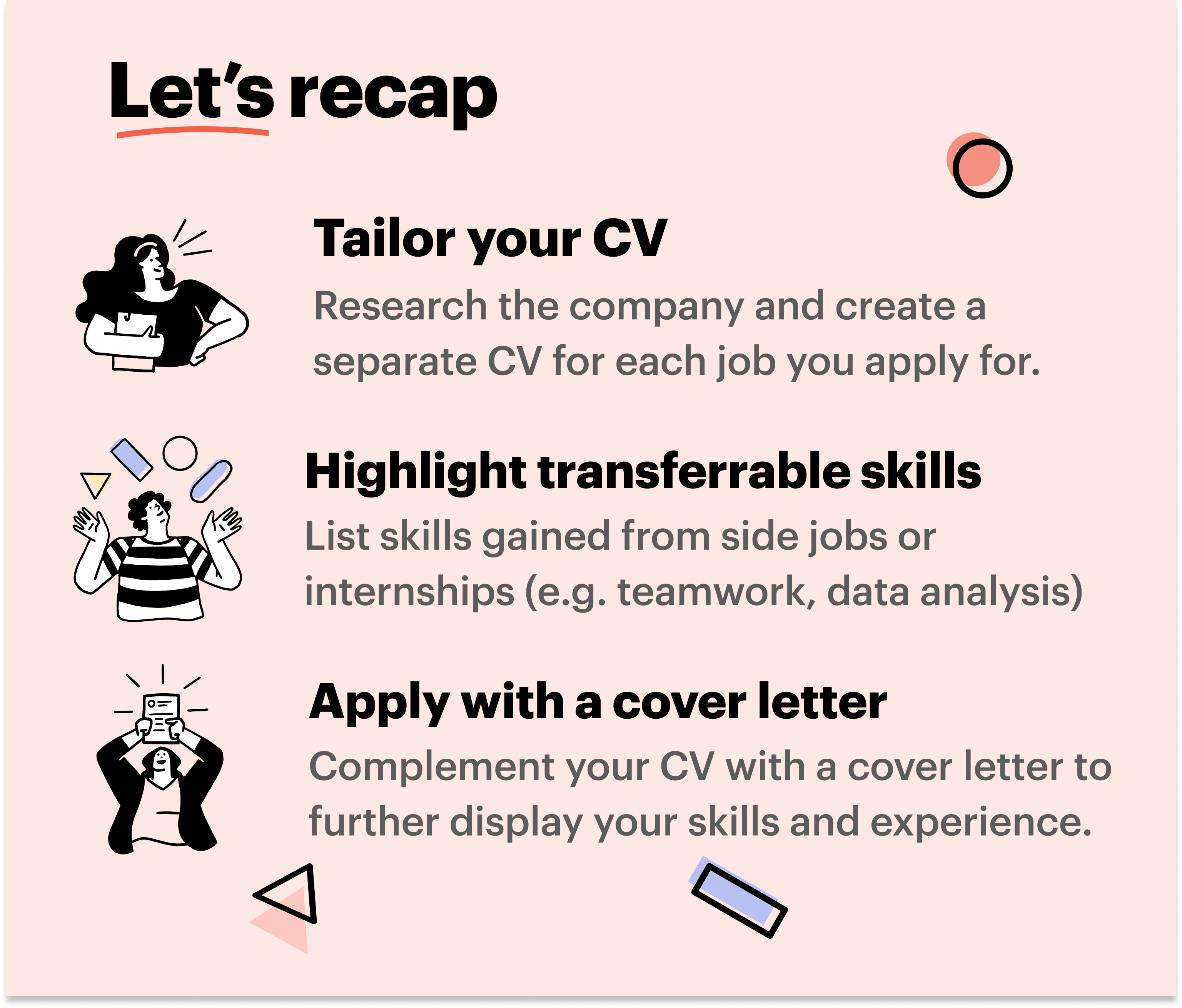
Next steps?
If you need help filling in the gaps in writing, consult our CV Writing Services. Additionally, CVMaker has ready-to-use matching CV and cover letter templates to help you create outstanding career documents and secure your dream job.
If you’re considering your next opportunity, read our advice on how to write a resignation letter to ensure a smooth transition.
To prepare you for a smooth transition and interview questions, check out our related blog articles below:
For more inspiration, check one of the professional CV examples to help you.

FAQ
What is the best format for a career change CV?
A traditional chronological CV may not be suitable for a complete career change.
Highlight your career goals and qualifications at the start.
Use skill categories to showcase relevant experience.
Consider a combination CV with skills on the first page and work history on the second.
Emphasise transferable skills for an ATS-friendly and concise format.
Check out our related blog articles on the best CV colour and best CV font for more insights.
Is a skills-based CV good for a career change?
Yes, skills-based or combination CVs are your best shots to highlight your transferable skills and experience instead of listing all your previous job titles. Whether you're seeking a career change after 30 or 40 years old, it can help you make your CV more focused on achievements and qualifications that prove you’re suitable for the next role.
How do you say career change professionally?
We suggest using the personal profile section to state your career goals and say, ‘seeking a career transition to an X role. Throughout your CV, you can show how your experience and skills come together and can be transferred to a new position. Use the keywords from the job description to make your CV more job-specific and relevant. Following these tips can help you describe yourself successfully when changing jobs.
How do you explain career change in an application?
Whether due to long-held dreams, logistical reasons, or economic shifts, most of us will go through a career change at some point. When that time comes, the best thing you can do is to showcase experience and skills that align with specific job requirements and demonstrate your genuine interest in the field you’re pursuing. Remember to be clear with your hiring manager about your intentions and show how you can excel in your next role.
If your had gaps in your work history, check out our related blog article on how to explain unemployment gaps on your CV.
What are the main types of career change?
There are two types: voluntary and involuntary. While involuntary changes may sometimes carry negative connotations, they are often a result of poor management that fails to provide opportunities for talented candidates. On the other hand, the voluntary transition usually comes from an employee due to personal reasons or a desire to try something new.
Where should I start when writing a CV for a career change?
Begin by creating a new CV that highlights your transferable skills and relevant experience. Instead of just tweaking your old CV, do a complete overhaul to shift the focus away from previous job titles. This approach is often more impactful.
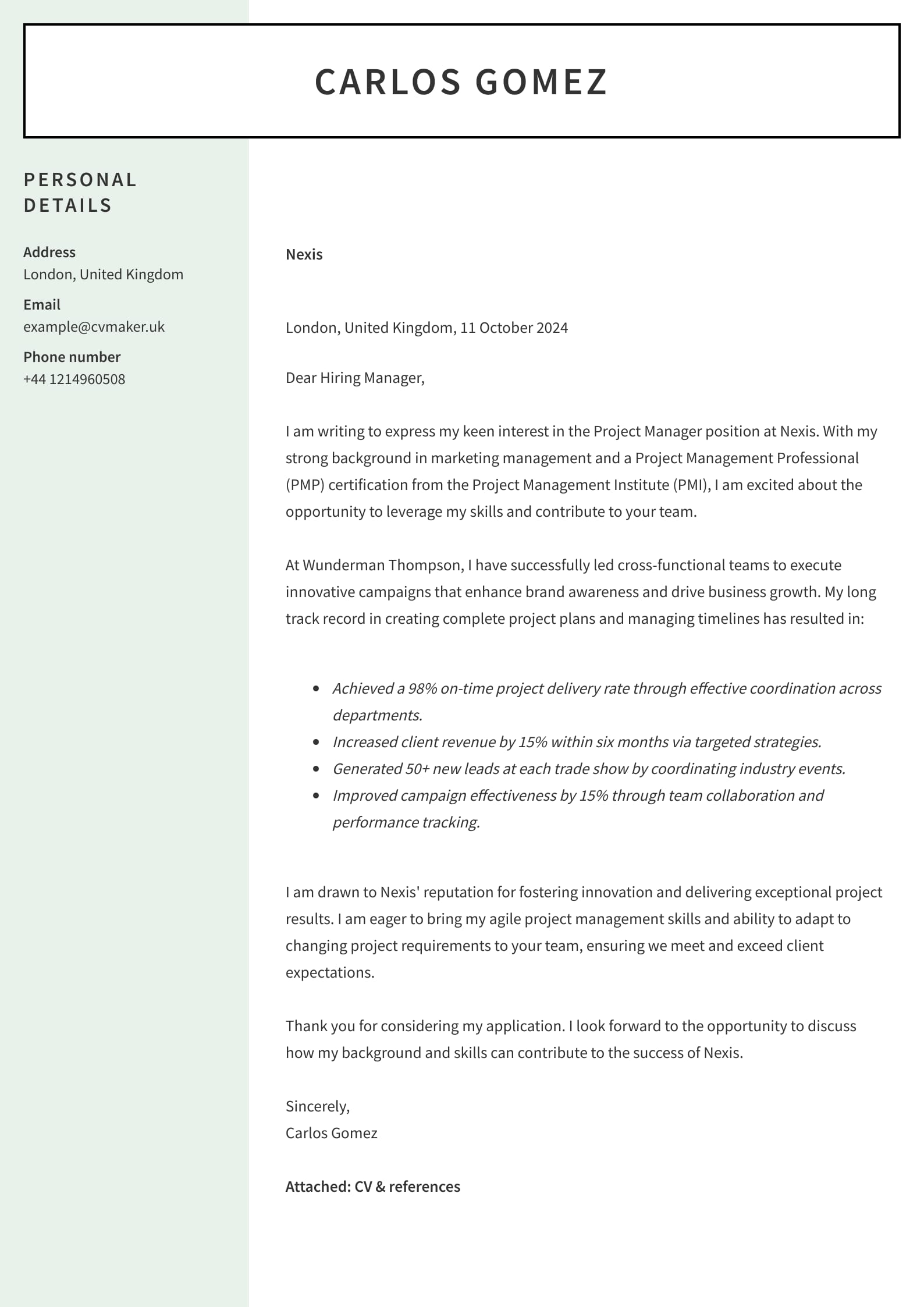


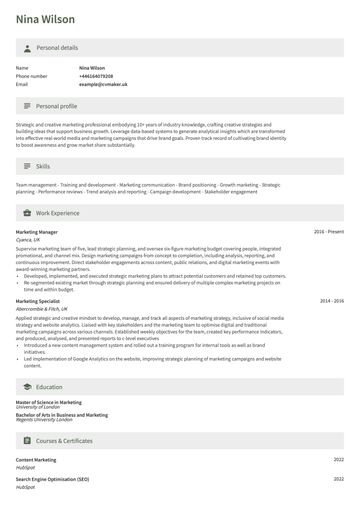


)

)